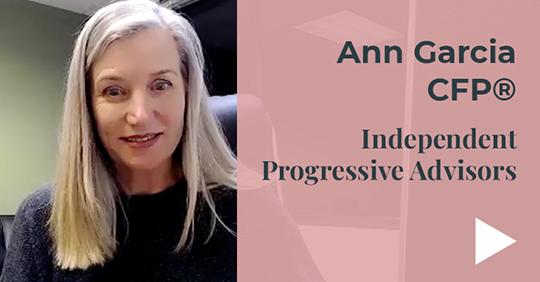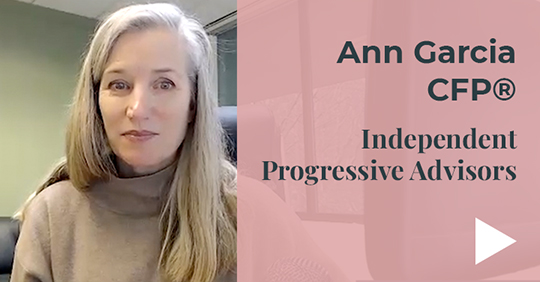
Cathy Portele
Content and Social Media Manager, College Aid Pro
Paying for college can feel like trying to solve a giant, expensive puzzle. Between tuition, room and board, books, and fees, the price tag is no joke. In fact, the average cost of college in the U.S. is now over $36,000 per year, and that number keeps rising. No wonder families are constantly on the hunt for ways to bring that cost down.
One often-overlooked piece of the puzzle? Private scholarships. These scholarships can help fill in the gaps that federal aid, institutional aid, and savings might not cover. And while they aren’t the only answer, they’re definitely worth understanding — and pursuing.
Take Lauren, for example. She was a high school senior with solid grades, but not a straight-A student. Her family didn’t qualify for much need-based aid, and her top-choice school had a big price tag. Instead of panicking, Lauren got proactive. She made applying for private scholarships part of her weekly routine — just an hour or two a week. By graduation, she’d won six different scholarships from local organizations and niche programs — enough to cover her books and most of her first year’s tuition. “I didn’t win anything huge,” she said, “but all the little ones added up.”
Lauren’s story isn’t unusual. With a little strategy and consistency, your student can make real progress too.
At College Aid Pro, we’ve seen this approach work again and again. In this article, we’ll explain what private scholarships are, where to find them, what to watch out for, and how to give your student a stronger shot at actually winning them. We’ll also share a couple of free tools that can make the entire process less overwhelming and more effective.
What are private scholarships?
Private scholarships are awarded by organizations outside of the federal or state government and outside the colleges themselves. These can come from businesses, community foundations, nonprofits, professional associations, or even individuals.
They come in all shapes and sizes:
- Merit-based scholarships reward students for academics, test scores, leadership, or specific talents, like music or athletics.
- Need-based scholarships are awarded to students from families with limited financial resources.
- Interest-based scholarships support students pursuing certain careers, like STEM or education, or who have unique hobbies or passions.
- Identity-based scholarships are designed for students of specific backgrounds, including race, ethnicity, religion, gender, or sexual orientation.
- Niche or quirky scholarships can be awarded for very specific criteria, like being tall, left-handed, or having a passion for skateboarding.
Some of these scholarships are national and draw thousands of applicants. Others are hyper-local, offered by small community groups and given to just one or two students each year.
And while it may not be the biggest source of college funding, it still matters: Private scholarships make up about 6% of all undergraduate financial aid, which may not sound like a lot, but when college costs what it does, even $500 here or $1,000 there adds up quickly.
Where to find them
Private scholarships aren’t always easy to spot, but there are more out there than most people realize. Billions of dollars in private scholarships are awarded each year, and unfortunately, a big chunk of that money goes unclaimed — often simply because students don’t know where to look or don’t bother applying.
You’ve probably heard of the big national scholarship search websites. They can be useful, and they’re a good starting point. Just keep in mind: a lot of students are using those same platforms and applying to the same scholarships. That means more competition and lower odds, especially for the big-dollar awards.
Don’t sleep on local opportunities. Community organizations like Rotary Clubs, local businesses, religious groups, and even your public library may offer smaller scholarships with far less competition. Employers can also be a surprising source. Some companies offer scholarships to children of employees or even to part-time student workers.
And if you want fresh, curated opportunities sent right to your inbox, you can sign up for College Aid Pro’s weekly private scholarship list. Every week, we share scholarships with deadlines in the next 5–12 days so families can focus their time where it matters.
Why private scholarships are worth it
Let’s talk about what makes private scholarships a smart move:
- Free money = less debt. This is obvious, but it matters. Every dollar you win is a dollar you don’t have to borrow or pay out of pocket.
- They’re flexible. Most private scholarships can be used at any accredited college or university, giving your student options.
- You can stack them. There’s no rule saying you can only win one. It’s totally possible to piece together multiple smaller scholarships to create meaningful support.
- They reward more than just grades. Unlike many institutional scholarships that focus heavily on academics, private scholarships often look at character, passion, and unique life experiences. That opens the door for all kinds of students.
- They can boost confidence and résumés. Winning a scholarship is an accomplishment your student can include on college and job applications. It shows initiative, follow-through, and that someone saw potential in them.
- There’s something for everyone. No matter your student’s background, interests, or future goals, there’s likely a private scholarship that fits. The challenge is just finding it — and applying.
What to watch out for
Private scholarships aren’t perfect, and it’s important to go in with eyes open.
Many are one-time awards. They can make a difference in freshman year but may not help in future years. Families should plan beyond the first year.
The process takes time. Between researching, writing essays, and staying on top of deadlines, applying for private scholarships is a commitment. Treat it like a side hustle.
The big ones are competitive. The larger the scholarship, the more applicants. That’s why smaller and local awards can actually be your best bet.
Watch for scholarship displacement. This is when colleges reduce their financial aid after you bring in an outside scholarship. It doesn’t happen everywhere, but it’s something you need to understand. We explain more about that here.
How to improve your odds
Winning a private scholarship isn’t just about having a 4.0 GPA. In fact, many scholarships are designed for students who show passion, commitment, or unique life experiences more than perfect academics.
The biggest tip? Start early. Many families wait until spring of senior year to look for scholarships, but the best time to start is junior year (or even earlier). Create a list, track deadlines, and build scholarship applications into your student’s weekly routine.
Also, encourage your student to focus on local scholarships and smaller awards. While they might not be flashy, the lower competition often means a better chance of winning. These smaller awards can really add up.
Another smart strategy is to reuse and tweak essays. With so many scholarships asking similar questions, it makes sense to build a core essay that you can personalize for each application. It saves time and helps your student stay consistent.
Finally, stay organized. Use a spreadsheet or calendar to keep track of deadlines, requirements, and what’s already been submitted. Treat it like a project with mini-deadlines and clear wins along the way.
A smarter way to lower college costs
Private scholarships are one helpful tool, but they’re even more effective when combined with a solid plan for college funding.
That’s why we recommend every family creates a free MyCAP account. MyCAP gives you a personalized view of what colleges might actually cost your family — not just sticker prices, but what you’re likely to pay after aid. It also helps you compare schools, build a list that fits your budget, and identify where your student is likely to get the most aid.
When you combine smart college selection with targeted scholarship applications, you’re setting yourself up to make the most of every dollar. Create your free MyCAP account here.
Want help finding and winning private scholarships?
We’ve got you.
- Download Your Free Guide to Winning Private Scholarships — We share our 6 most effective strategies for maximizing private scholarships, tips to save time and effort, and steps your student can start taking today.
- Join our Weekly Private Scholarship Email List — Get a curated list of upcoming private scholarships, hand-picked each week with deadlines in the next 5–12 days, so you can take quick, focused action without the overwhelm.
Paying for college can feel like a full-time job, but with the right strategy, it gets a whole lot easier. Private scholarships are one way to lighten the load and reduce what you actually have to pay.
Most families feel overwhelmed by the process. That’s why having a clear plan matters. With smart tools and a focused approach, you can take control and start seeing real savings.
Private scholarships won’t fix everything, but they can absolutely move the needle. And when you combine them with a solid plan? You’re already ahead.
The services mentioned in this article are shared for informational purposes only and do not imply an endorsement by CollegeWell.











